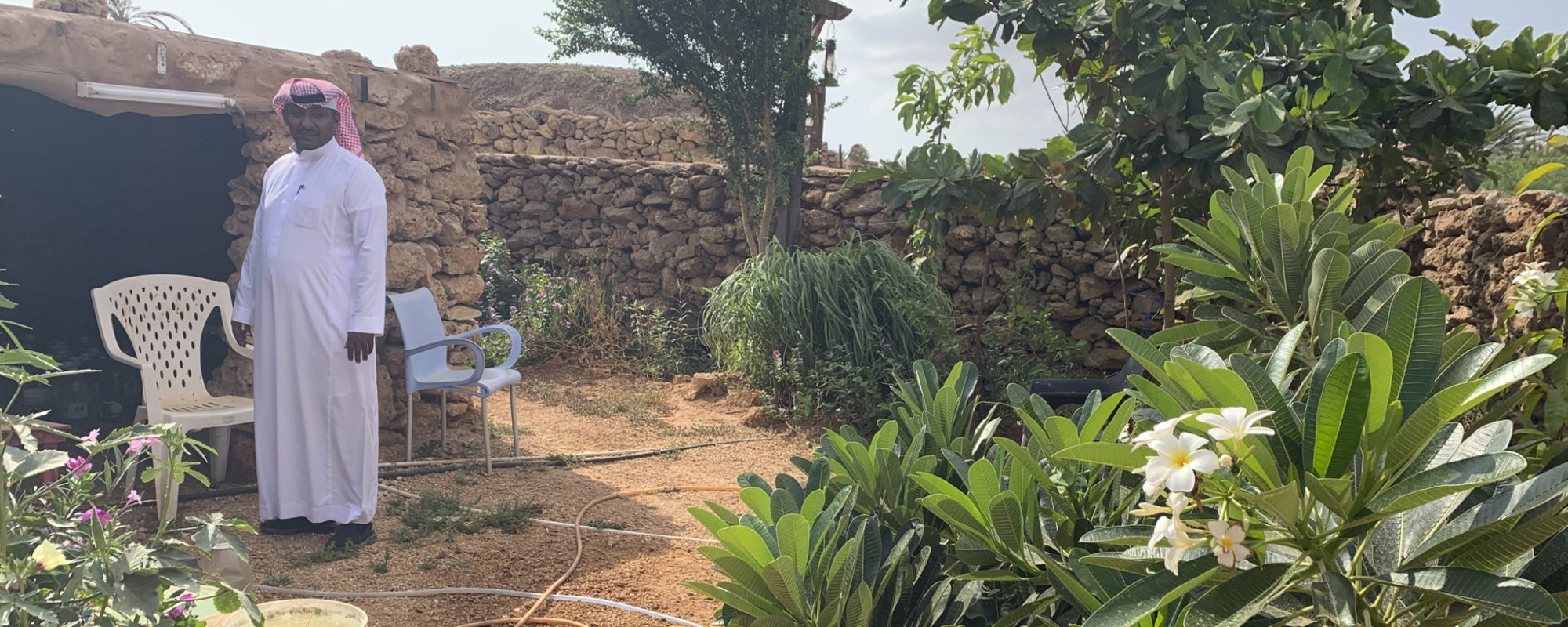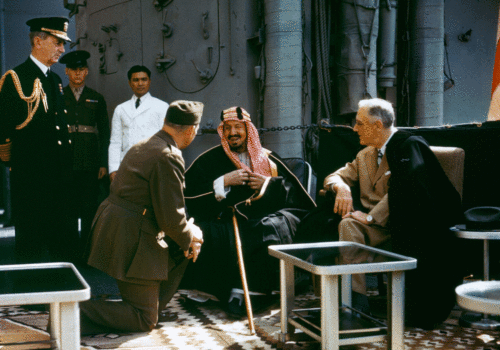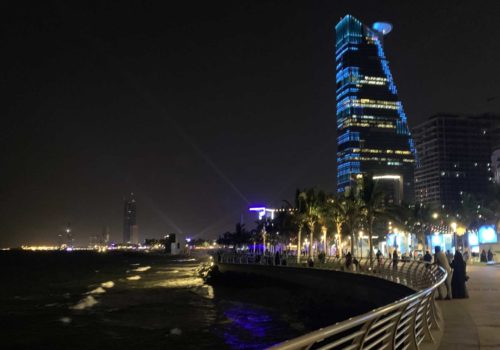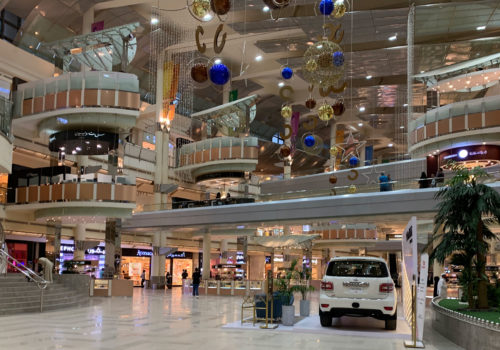JAZAN, Saudi Arabia — The road into this country’s southernmost city takes you past block after block of ramshackle concrete buildings and flooded dirt fields. Roughly 45 miles from the Yemeni border, there is also no shortage of patriotic posters here. “Our brave soldiers, God protect you and aid you, and make your aim precise,” reads one billboard showing a silhouette of a Saudi soldier aiming his assault rifle.
The city is the capital of the Jazan region, one of the country’s agricultural heartlands and home to 1.5 million people. The patriotic posters are the most visible effect on the city of the nearby war in Yemen—for the most part, daily life proceeds unimpeded. It is poverty that has a far more dramatic impact on people’s lives than war: The region has the second-highest unemployment rate in the kingdom (20.9 percent), according to the Saudi government’s statistics. That number would no doubt be even higher except for the fact that many young Jazanis leave to seek job opportunities in Riyadh and Jeddah.
In Riyadh, everything about Saudi Arabia seems to be in a state of constant motion. My friends and colleagues often speak of a long list of changes underway, and the government issues endless announcements about new initiatives, construction projects, and international partnerships. In Jazan, I found a place that seemed removed from these conversations: It struggles with basic infrastructure deficiencies, and the state’s economic and cultural agenda hasn’t changed life dramatically here.
Sinking ground
On my first day in the city, I explored the central market district, known as al-Shamiyah. I walked through the warrens of alleys that make up the covered market, where sellers hawked everything from spices to ornate wedding dresses. Most of the shops were small, with customers barely able to take three steps around the space without bumping into the wares or the seller himself. The shopping area outside the covered market was even more modest, with vendors simply spreading out their goods on the ground or a wooden cart.
A building across from the market had cracked in the middle, as if an earthquake had torn it apart. It had been left abandoned, waiting for a construction crew to tear it down. That was a phenomenon that I saw repeatedly across Jazan, and a symptom of a serious infrastructure problem the state has not been able to fully solve.
The water from the Red Sea has seeped inland, turning the ground in many parts of Jazan gray and sponge-like—your feet sink into it as you try to walk. That wasn’t a problem in generations past, when people built their houses from mud or wood, but it has drastic effects on urban construction today. Many of the city’s concrete apartment buildings have partially sunk into the mud, causing them to tilt at bizarre angles, like a Jenga tower primed to collapse. The state has imported dirt to raise the ground level of some new construction projects but has been unable to prop up the entire city.
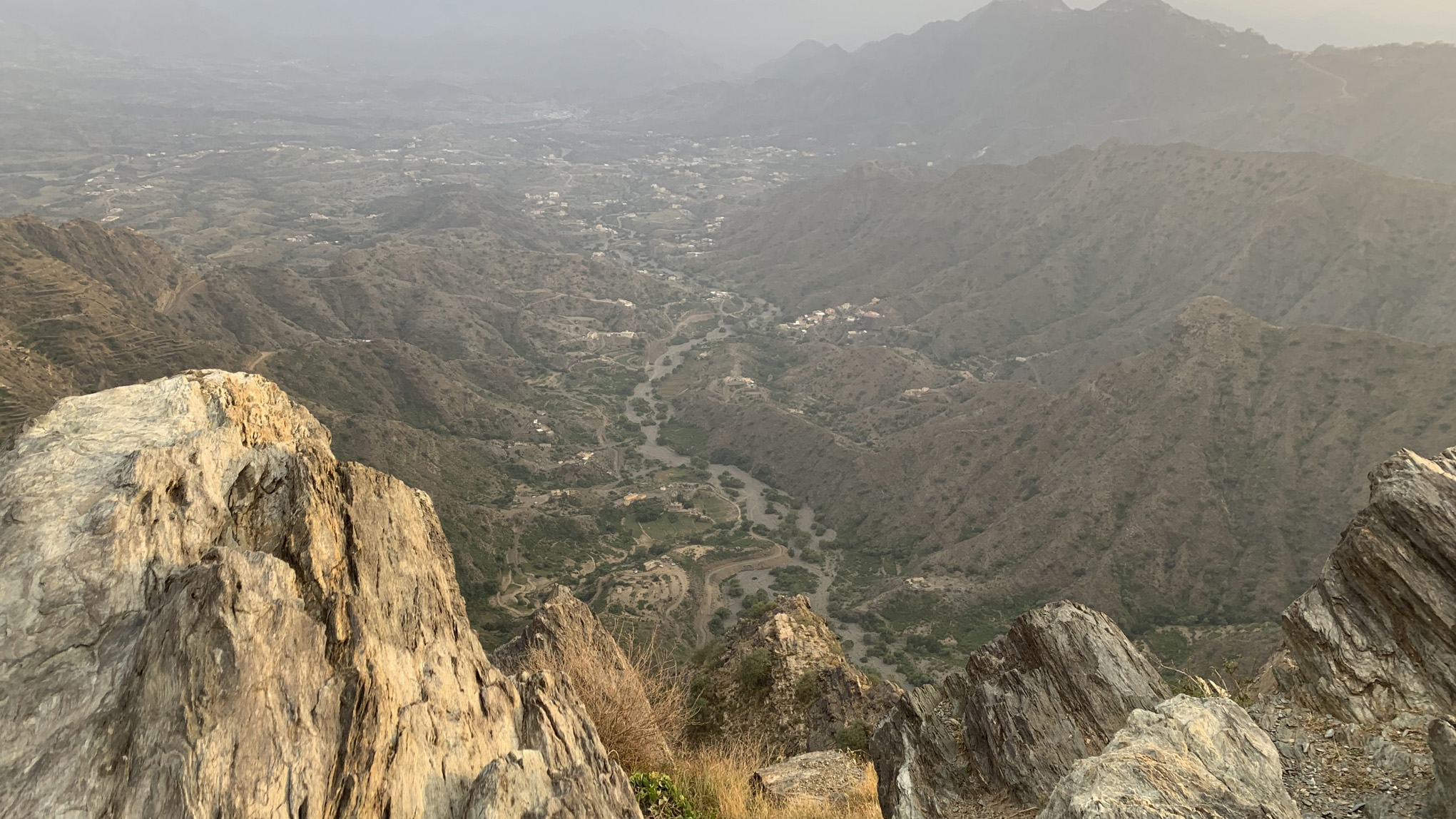
Past crises have affected not only the city’s infrastructure but the health of its residents. An outbreak of Rift Valley fever in 2000 and 2001, the first known spread of the virus outside Africa, infected over 800 residents in southern Saudi Arabia and resulted in 116 deaths. Saudi and American doctors noted that the disease spread most virulently in Jazan’s countryside, where the “vast majority” of villages lack electricity; as a result, many of the men sleep outdoors during the hot and muggy summer months, exposing them to the mosquitos carrying the infection. Only intervention from the highest levels of the Saudi state brought the region some improvement to its health and economic infrastructure—a visit by King Abdullah in 2006 marked the first time a Saudi ruler had come to the region since 1954.
Wadi Lajab
King Abdullah remains a popular figure in Jazan, his face gracing posters across the region. On the second day of our trip, I drove east out of the city along long, flat roads—it was big sky country, similar to Montana except with the added hazard of camels that periodically wandered across our path. The road then shot up, twisting through a mountain that deposited us in a tiny village with an archway featuring the smiling faces of both King Abdullah and King Fahd. In Riyadh or Jeddah, those photographs would inevitably feature King Salman and Crown Prince Mohammed bin Salman; however, no one has deemed it essential to change the posters in these distant parts of the country.
It’s not just a matter of which monarch’s face appears on billboards—the state, too, is more distant up here. In Riyadh, one is bombarded with the many ways the current Saudi government marks a rupture with the past, from the recent spread of entertainment options in the kingdom to its introduction of tourist visas. Here, however, people tend to speak of the government as a continuation of its predecessors. “The state has sometimes helped us, but we always try to help ourselves first,” one resident said.
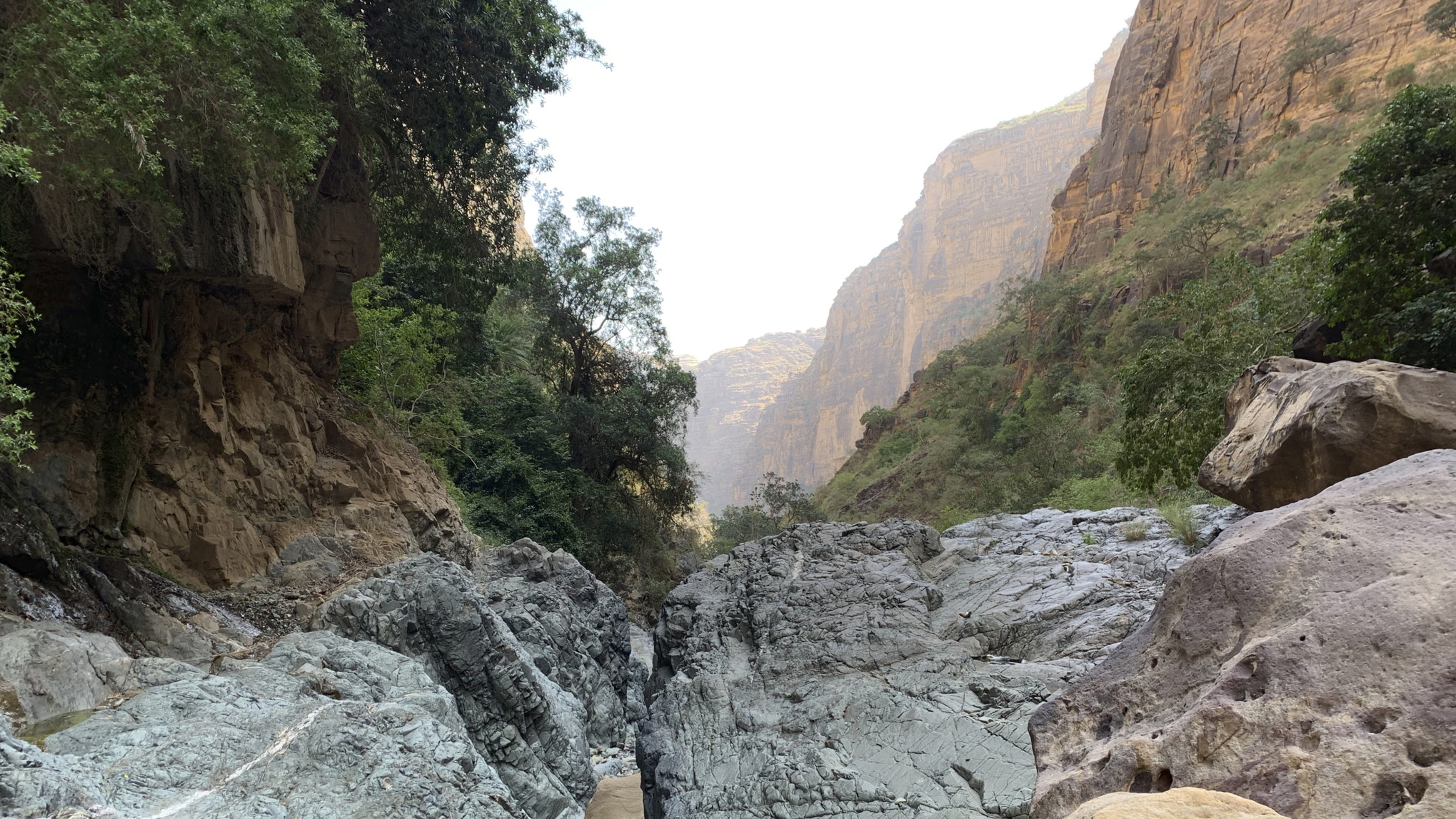
At times, the state’s initiatives haven’t extended beyond some fresh signage. Continuing our our journey, we soon arrived at Wadi Lajab, a beautiful pathway between two sheer rock cliffs like a mini-Grand Canyon. The environment was unlike any I had seen in Saudi Arabia: small waterfalls cascaded down the cliffs and a family of monkeys followed us over the rocks.
A large “Vision 2030” sign—referring to the country’s economic modernization plan—pointed the way to the site’s entrance, perhaps a recognition by the state that it could be a wonderful tourist destination. Beyond that, however, nothing appeared to have been done to make the area more welcoming. I had to scramble over giant boulders and wade through knee-deep water to continue my journey. Without some sort of a path, most of the area is impassable to all but the most intrepid visitors.
A similar story played out in the area’s villages. In one village up the Fifa Mountains, which reach up to 6,000 feet above sea level, a white concrete building served as the home to a small primary school. It had been decorated with colorful designs touting Vision 2030: Red and yellow graffiti flowers appeared below a description of the school’s mission, which was to provide a “distinguished education able to build a community of knowledge that is globally competitive.” Beyond that, however, nothing else about the school or village seemed to have changed.
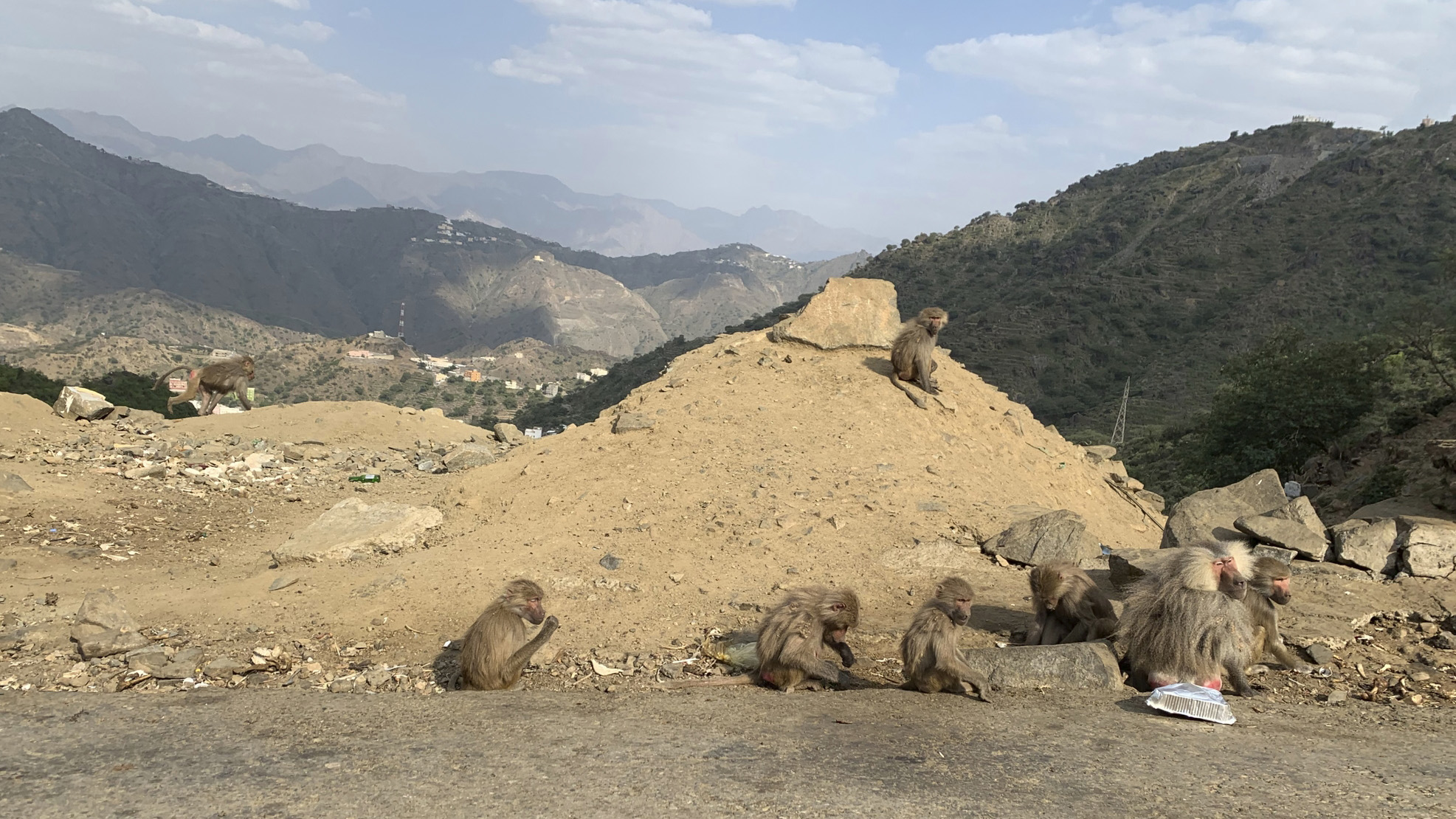
Al-Dayer
It was sometimes tempting to see Jazan’s outlying towns and villages as remote outposts, unaffected except in the most superficial ways by the wider world. But then I would stumble across connections to broader national and international trends in the most unexpected places.
The first was al-Dayer, a mountain town a few miles west of the Yemeni border. The town has a Twitter account dedicated to its local development efforts, run by a small, enthusiastic man named Jibr, who agreed to serve as our guide for the day. He uses Twitter to promote beautiful photographs of al-Dayer and, as we piled into his Toyota Hilux and promptly headed straight up the mountain, seized upon the opportunity to launch into a monologue about the region.
“Al-Dayer is the most beautiful part of Saudi Arabia and its countryside is even more beautiful than the town,” he said enthusiastically.
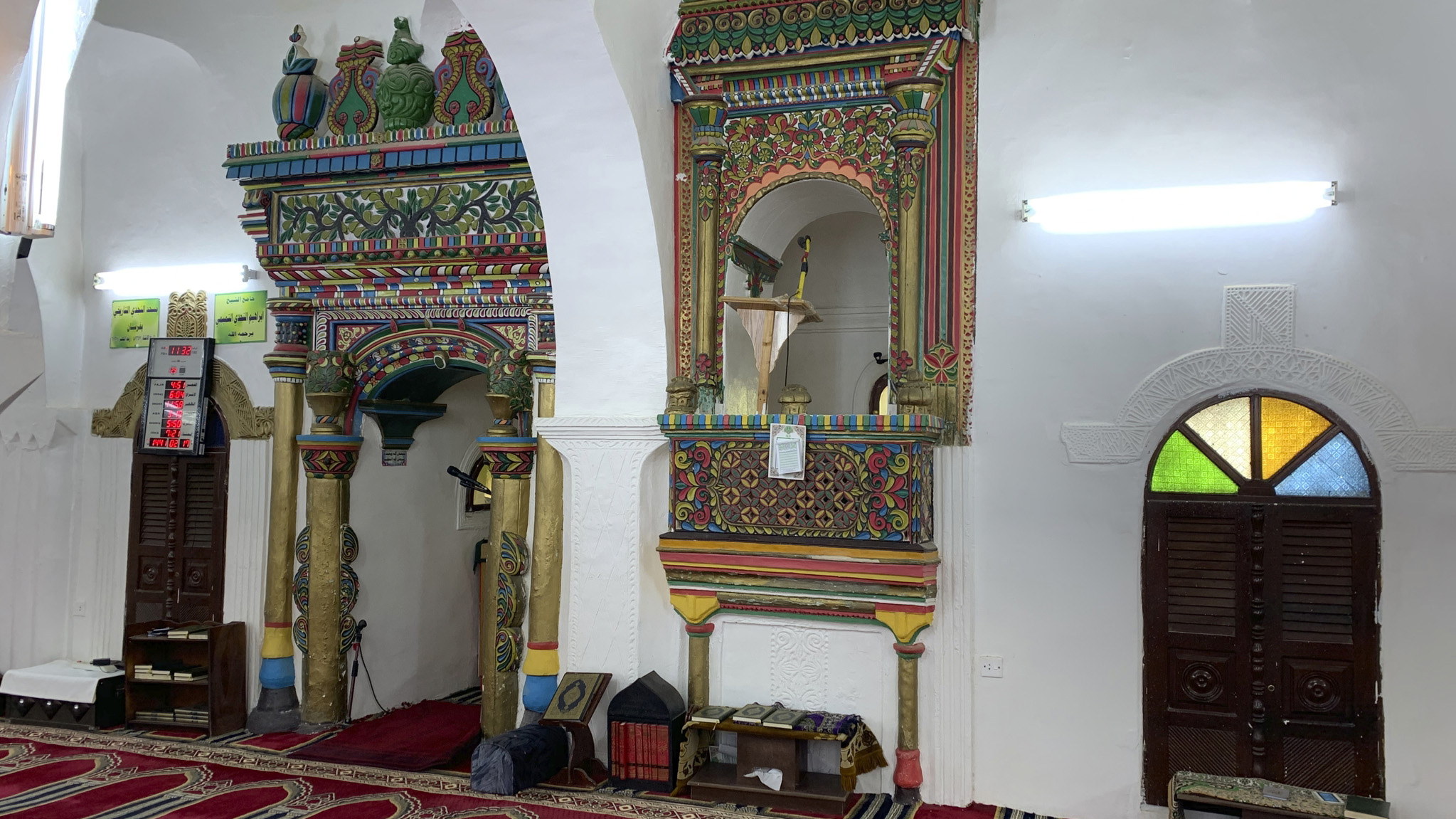
The asphalt road soon disappeared, leaving just pockmarked dirt paths. It was a bit like a rollercoaster ride—I sat in the back, clinging to the yellowing sheepskin on the passenger’s seat for dear life as we careened over large bumps. As we arrived near the mountaintop, a large, verdant coffee bean farm spread out before us.
Coffee bean farming is popular in Yemen, but only a tiny industry in Saudi Arabia. The exception is this region around al-Dayer, which reaches a high-enough elevation to produce good coffee.
The farm is run by Farhan, Jibr’s partner in the Bani Malek tribe, and has nearly 5,000 trees, Farhan told us, planted in separate, well-organized sections based on the trees’ age. The industry is relatively small, employing a total of 500 farmers in the entire area, and most of its coffee is sold in the Jazan region.
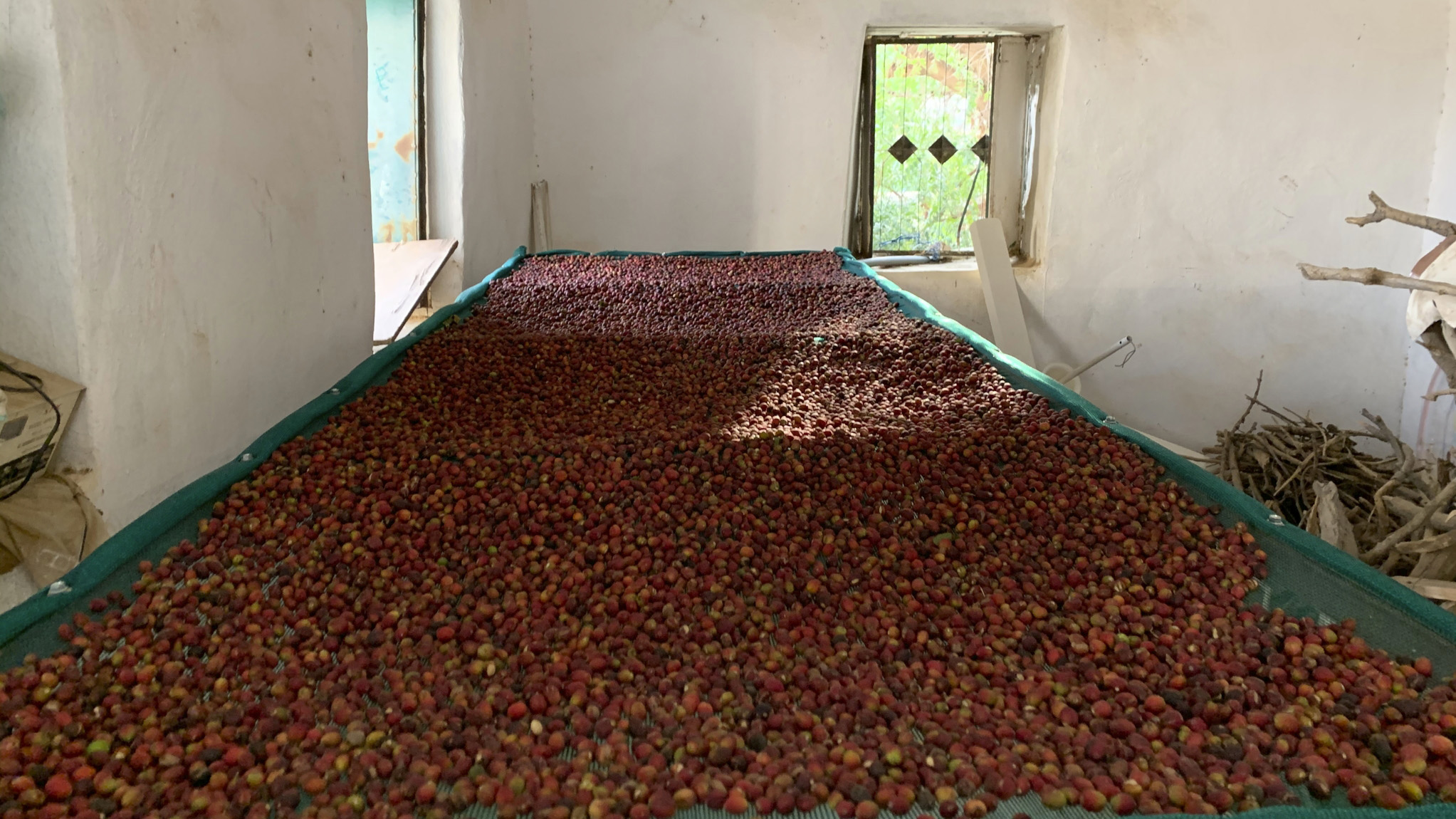
Walking around the farm, we noticed large, white water containers marked with the Aramco logo. It turned out that the Saudi oil giant had launched an initiative to spur the local cultivation of coffee, funding irrigation projects for farms in these remote areas. The effort has certainly been successful in employing Saudis in a local industry, although there was no way to determine whether it was anywhere near a profitable enterprise. I quietly speculated to myself how many trucks Aramco must have lost to the dirt roads hauling the water containers to the mountaintop.
Certain national narratives filtered down to al-Dayer as well. Jibr and his friends were well aware that the state was trying to promote a regional tourism industry—one of Vision 2030’s main priorities here—and Farhan even vaguely discussed building an eco-lodge overlooking the mountain range. However, it was clear there were few resources to make it a reality—and even fewer visitors who had made the journey. At one point, I stopped to chat with one of the farmers and tried to explain that I was neither a tourist nor journalist, but an economic researcher from Riyadh. “Journalists, researchers, I don’t know the difference,” he said. “If you were sheep, I would know everything.”
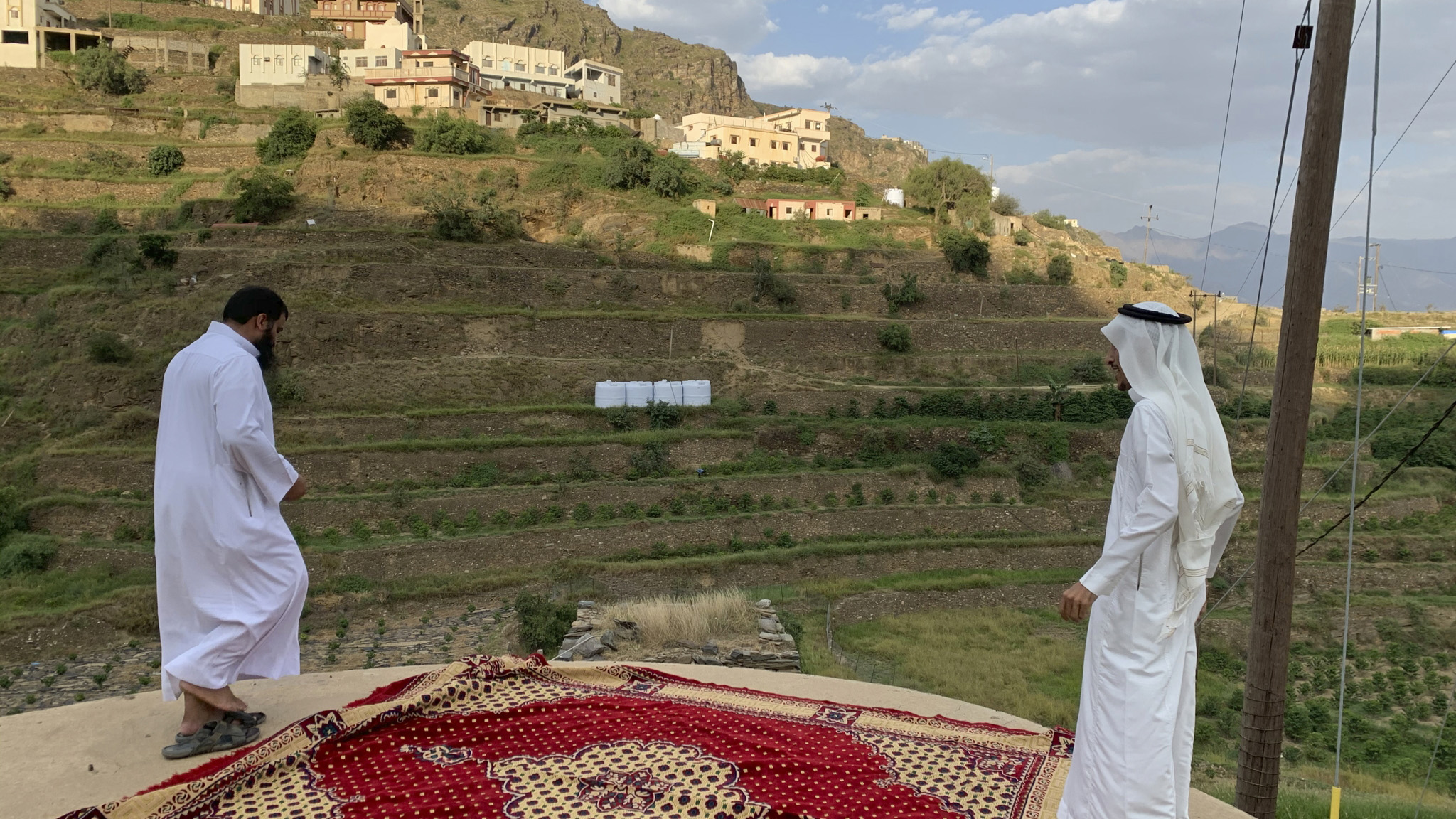
Farasan Island
The avenues for Jazan residents to reach those in power and claim some small share of the state’s largesse in this petrostate are far from straightforward. However, they do exist. The next day, we boarded a boat to Farasan Island, a marine sanctuary roughly 30 miles off the coast of Jazan city. We soon found ourselves at the home of Ibrahim Muftah, a historian and poet who maintains a small, private museum dedicated to preserving the island’s history.
In the early 1980s, he said, Farasan Island, a 150 square-mile area, still lacked all the basic amenities of modern life—a proper road system, medical care and electricity. Its residents, who now number roughly 12,000 people, had received virtually no attention from top officials in the kingdom. But that changed in 1982, when Prince Nayef bin Abdulaziz became the first royal to visit the island. Muftah was determined to seize his chance, combining flattery with flowery requests for royal largesse in a poem he delivered in front of the prince to celebrate his visit.
“Bright things have come to us in the night, welcome oh knights. The hills rejoice at the coming of the knights,” the opening verse reads. “Could there be, oh royal guest, a hope for a hospital within sight to treat us? Our sick have suffered from their pain, and their solution is Jazan or dying in the port.”
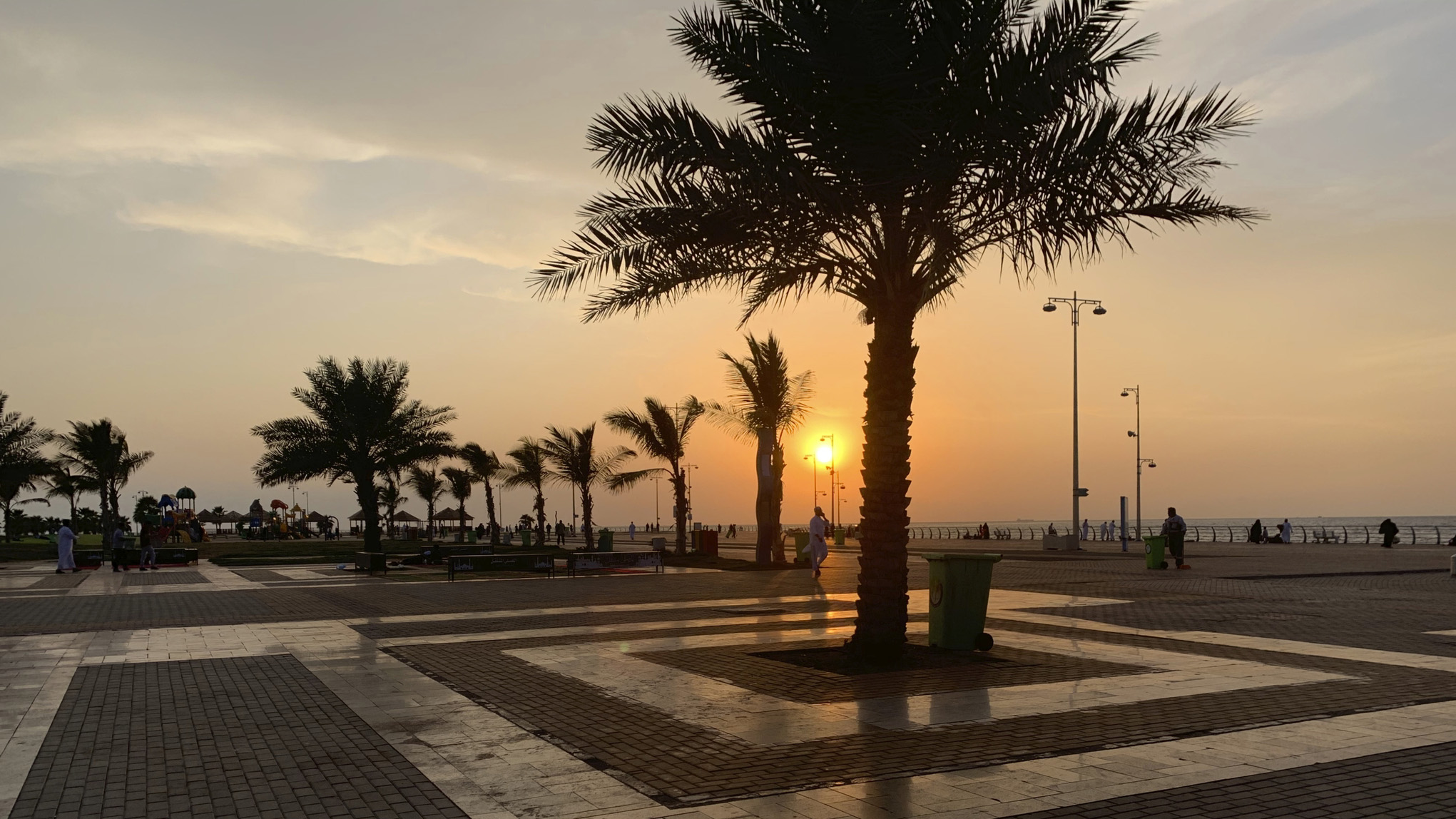
The appeal worked. Prince Nayef was motivated to oversee the development of Farasan Island—today, there is indeed a general hospital in the city center.
Temporarily gaining the attention of one royal, however, is no substitute for a sustained development plan. Today, as part of Vision 2030, the Saudi government is promoting Farasan Island as a tourism destination, commissioning gorgeous photographs of its sapphire blue water, coral reefs and historic buildings. Nevertheless, the island still lacks basic infrastructure—such as taxis, hotels and restaurants—to make a tourism industry even feasible.
As I boarded a flight back to Riyadh, I felt in some ways as if I were heading back to a different country. In the end, change may come to Jazan as well—but it will come far more slowly and look less like a dramatic break with the past than a gradual continuation of a trend.

